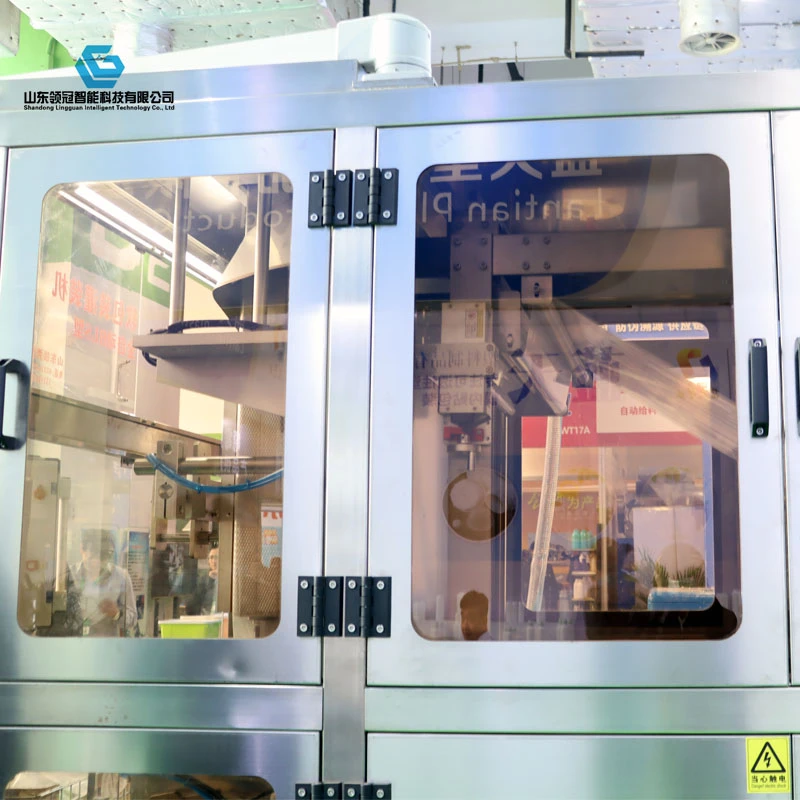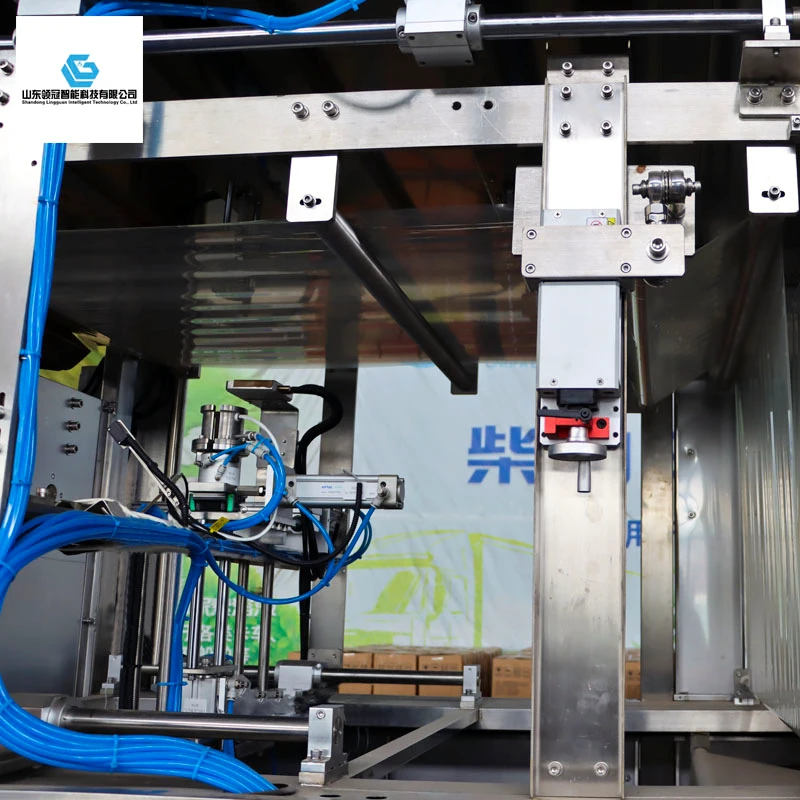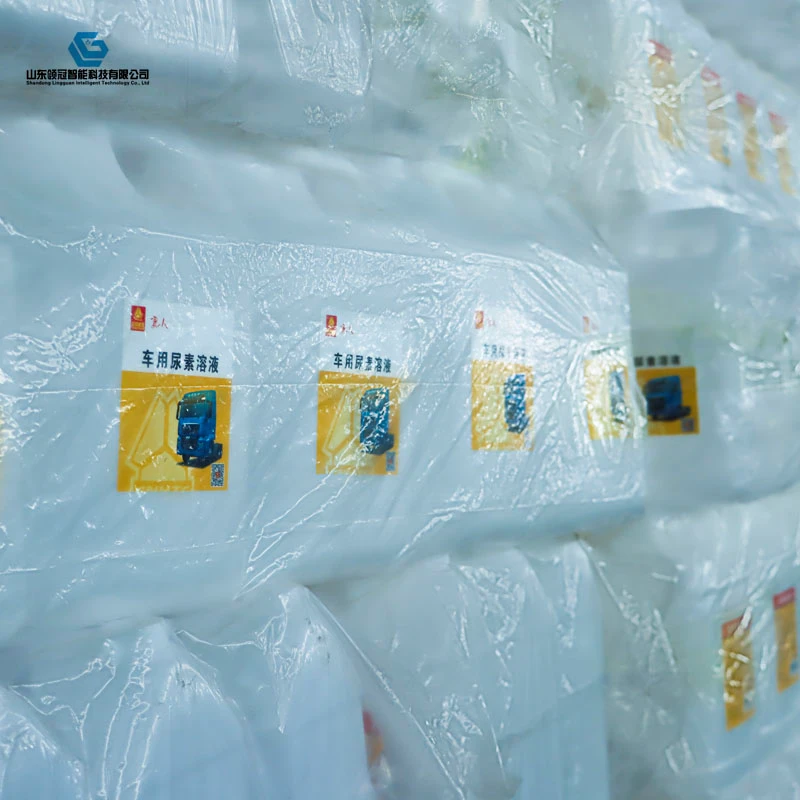Cost savings
When it comes to cost savings, standardizing packaging can reach a bottleneck as the form is fixed for a long period of time, making it difficult to achieve significant cost reductions. Despite efforts to optimize the design and materials used, the limited flexibility in the packaging's form can limit the potential for cost savings. Alternative strategies, such as reevaluating the production process or exploring new sourcing options, may need to be considered to achieve additional cost efficiencies.

Increasing environmental
With increasing environmental concerns, the situation for solid waste management has become increasingly severe. Not only have the costs of solid waste disposal continued to rise, but an increasing number of customers are also demanding that suppliers recycle waste packaging. As such, it is important for companies to take a proactive approach to waste management and explore innovative solutions that can help reduce waste and minimize disposal costs. This may include strategies such as source reduction, recycling, and the use of alternative materials that are more environmentally friendly. By taking a holistic approach to waste management, companies can not only reduce their environmental impact but also improve their bottom line.

Raw materials
The prices of raw materials such as plastic pellets and PE have a significant impact on the market for disposable packaging, causing fluctuations in cost. As a result, manufacturers are often forced to adjust their pricing strategies to account for these changes. This underscores the importance of closely monitoring the supply and demand dynamics of these materials in order to mitigate the impact of market volatility on the bottom line.





